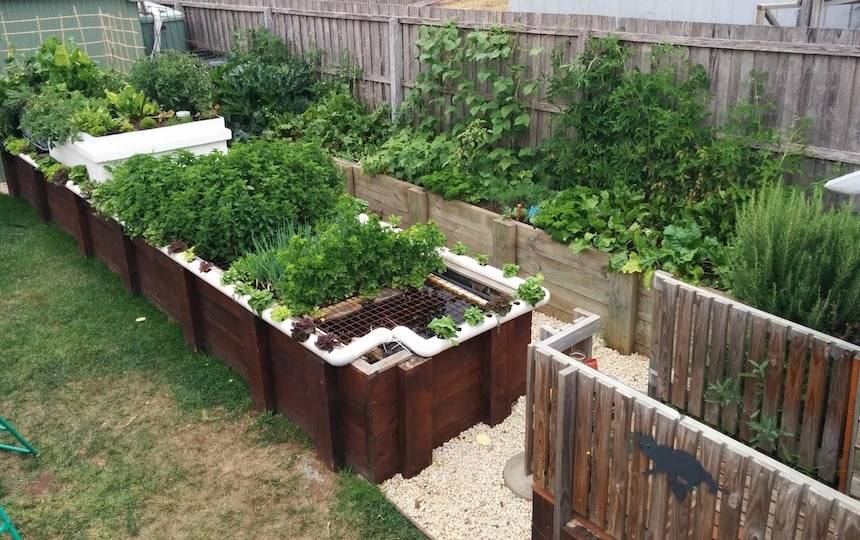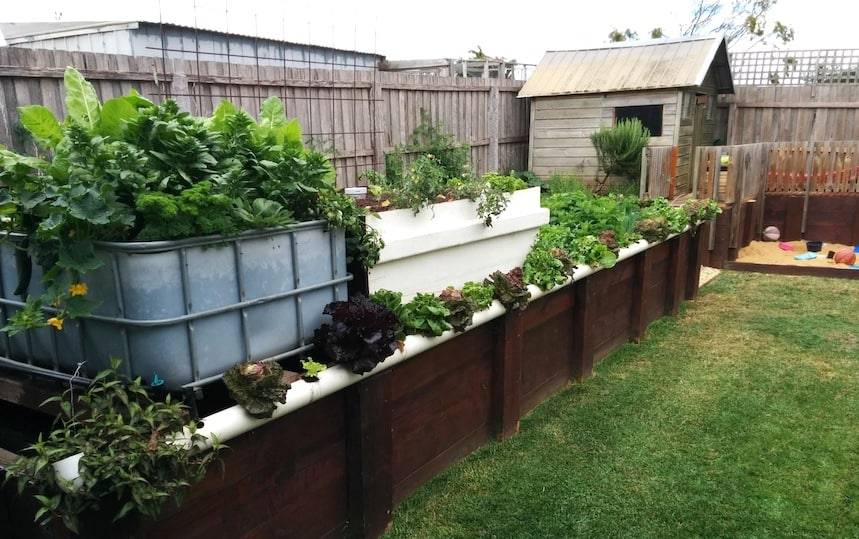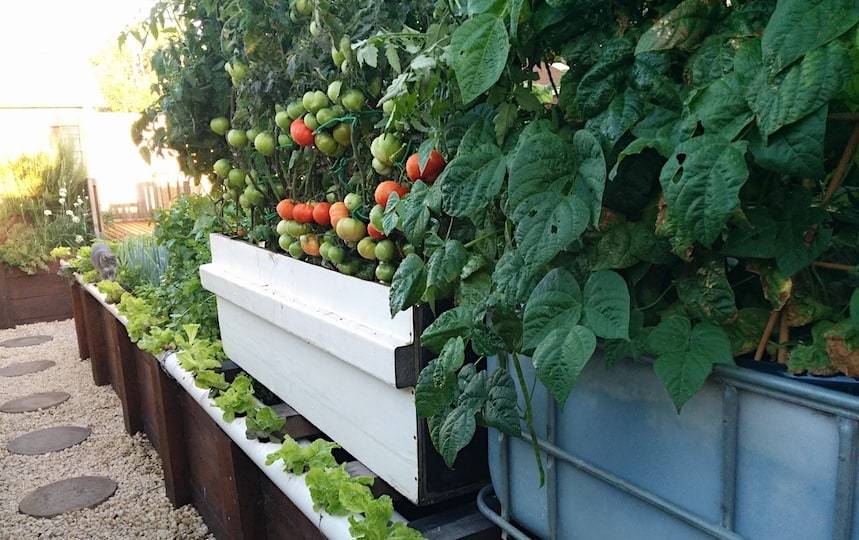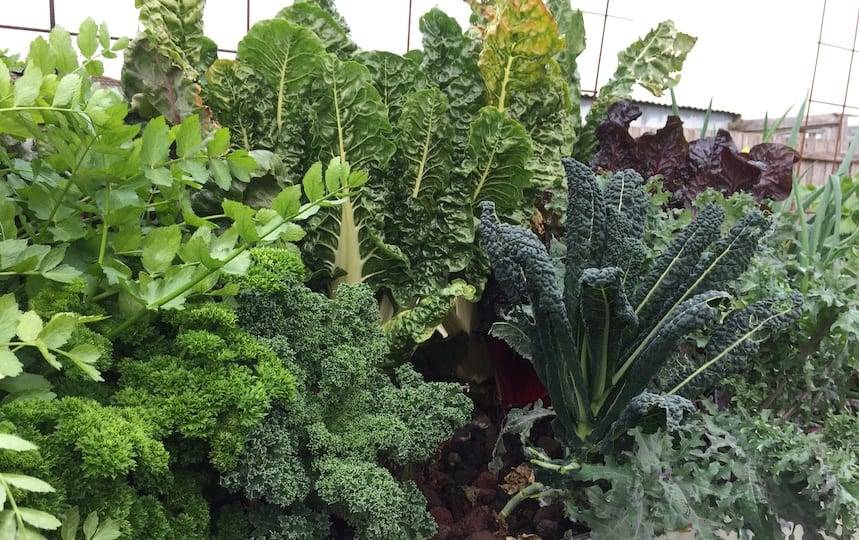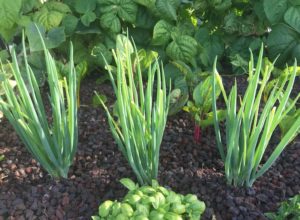We give you the lowdown on setting up an aquaponics system at home.
Aquaponics combines aquaculture and hydroponics to produce fish and plants in one integrated system, creating a symbiotic and mostly self-sustaining relationship.
Combining fish and plants isn’t a new concept, with its origins dating back several millennia. Asia’s rice paddy farming systems is an example.
Aquaponics today borrows and combines methods primarily developed by the hydroponics aquaculture industries, along with new ideas from the innovative DIY online community.
How setting up an aquaponics system works
The basic principle of synergy involved in aquaponics is the requirement of clean water to promote the healthy and fast growth of fish, and the need and ability of plants to use nutrients from the water to grow.
One of the most critical aspects in this relationship between plants and fish is the diverse microbial community which transforms fish wastes into forms of nutrients more easily used by plants for growth.
In the simplest arrangement, you will need a tank for fish and a trough for plants. Given that plants require physical support for their roots to extend into, some kind of growing substrate is required in the trough.
Often quarried gravel, scoria or manufactured clay pebbles are used. More advanced growers tend to use a raft system. A raft usually floats on the water, allowing the plant roots to hang into the water.
The substrate is often the most important design feature as it is vital in supporting and promoting the microbial health of the system. Microbes coat the gravel, so as the water is recirculated between the fish tank and the planted trough, the fish wastes are filtered which produces clean water for the fish.
Why set up an aquaponics system?
Plant growth in aquaponics is very quick, with high productivity from a small area. This is the same for fish growth, with people easily growing 10kgs of fish for each cubic metre of water in a simple backyard system.
For the backyard enthusiast or school environment, aquaponics as an educational tool can cover the most basic concepts of biology and ecological systems to the more complex interactions of water and microbial biochemistry.
These systems can also be designed to mimic local aquatic ecosystems and make for fantastic observation. On a practical level you can explore construction, plumbing and the tricky balance of growing fish and vegetables simultaneously. It is very much a multi-skilled project!
Setting up an aquaponics system at home
In Issue #9 of Pip Magazine, we reveal everything you need to know about setting up a backyard aquaponics system, including:
- The benefits and the maintenance involved in setting up your own system.
- How the nutritional quality of vegetables produced in aquaponics compares to that of conventional or organic produce.
- Plus, we explore whether aquaponics is a viable and sustainable option for large-scale growing.
You can access this article online here as part of our digital subscription offering.

